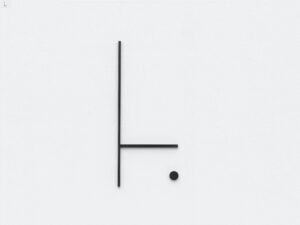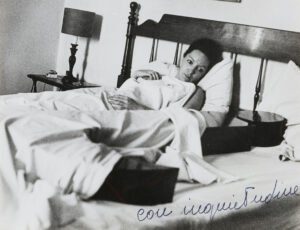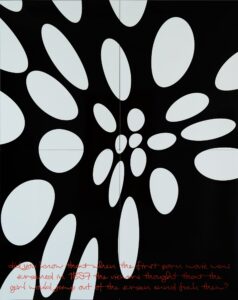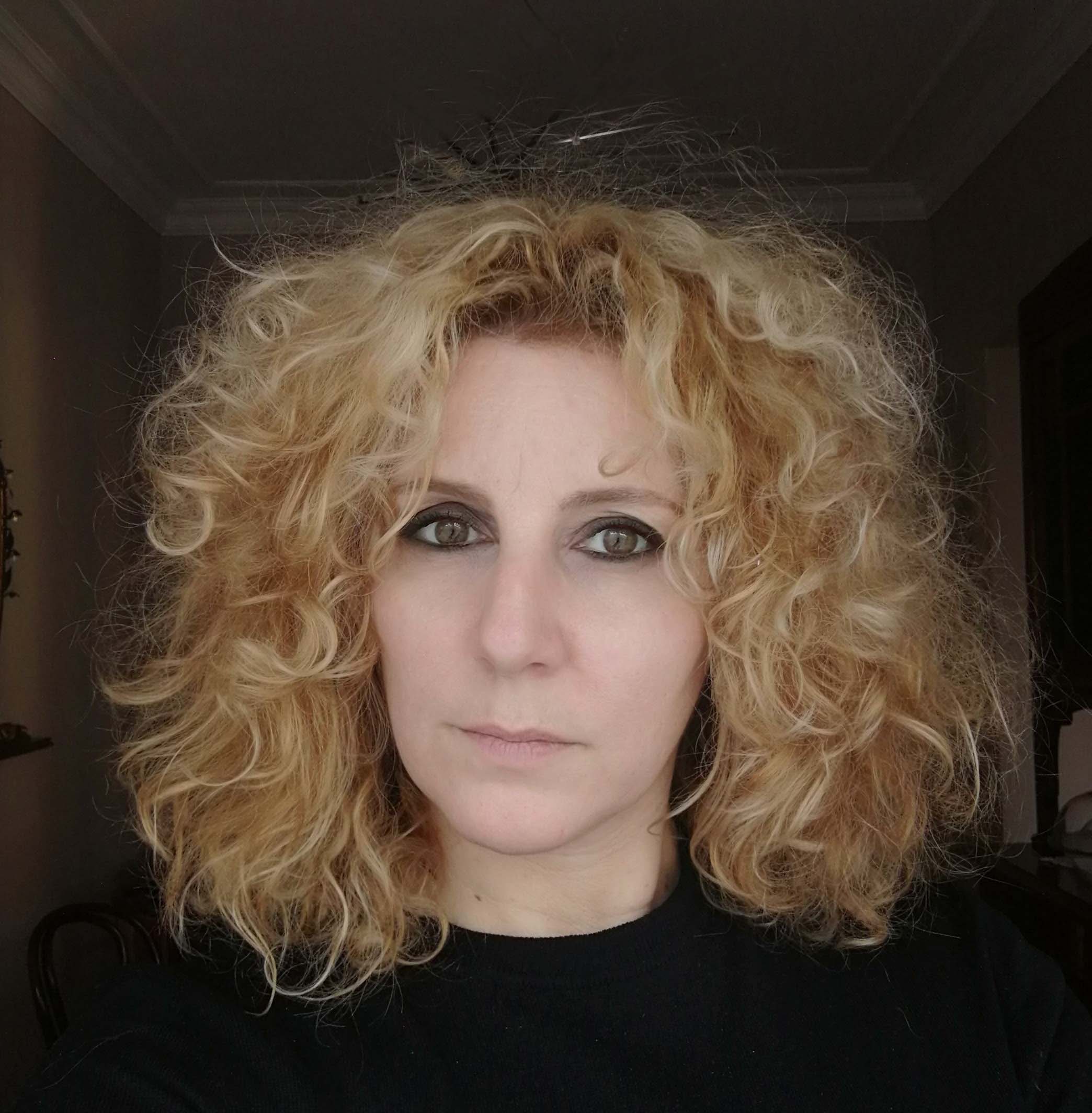“Le plaisir du texte”, exhibition opened on March 25 at the Musée de Beaux-Arts in Le Locle (Switzerland), is inspired by the book of the same name by Roland Barthes. Through a journey imagined by Federica Chiocchetti, enlightened director and curator of the exhibition itself, it explores the profound interconnection between literature and art. This close bond, which finds its most remote ancestors in the cave paintings and graffiti of distant eras, reaches to the present day, bordering pictorial movements such as Futurism, Dada and Surrealism. The works of surrealist artists such as Max Ernst were particularly inspired by the combination of writing and drawing or pictorial work that was, so much so that Ernst himself imagined and realized, at the end of his career, multiple cryptography inspired by anthropology, physics and astronomy, in which the handwriting and artwork overlapped each other. The exhibition “Le Plaisir du texte” creates a dialogue between the reading, painting and drawings of the permanent collection of the Musée de Beaux-Arts of Le Locle, building a compelling narrative thread between the various images, despite they belong to different styles and eras.

Philippe Decrauzat, CLOSE UP, Fragment of a script, 2019-2020. © Philippe Decrauzat
In the work Lady readers by Sara Knelman, the photograph shows a young woman carefully browsing a fashion magazine, her face is hidden by the hair completely turned towards her legs, where the newspaper is positioned. The photograph, although taken in contemporary times, dialogues spontaneously with the painting by Albert Anker La liseuse, uniting the two women who dedicate a moment of pause to reading, as a liberating act of knowledge and personal growth. When the word takes shape, becoming the protagonist of various literary styles, including poetry, images, performances, sculptures and videos, they can all be interconnected with individual entries. In the work of Alex Balgiu, author of the work Woman in concrete poetry inspired by the miscellany of poems, images and puzzles written by women and the subject of the exhibition presented at the Venice Biennale in 1978, curated by Mirella Bentivoglio, Particularly evocative and impressive images explore the intimate relationship between body, space and time. This story in images has at heart in a particular way the intersectionality of genre, seen through the ages, and could not but include Ketty the Rock.

Ketty La Rocca, Con inquietudine, 1971, gelatin silver print with felt-tip pen, 1971, ©The Estate of Ketty La Rocca/Michelangelo Vasta
In Con Inquietudine the photographer is portrayed on a bed, next to a sculpture depicting an immense “J”, the reference to the flexibility of the female body, thus suggesting an ironic play of words between “Je” (I) and “Jeu” (game), with psychoanalytic references to the ability or not to recognize the other part of the self (female), within the other (male), leaving the viewer the decisive interpretation. In fact, the interconnection with the title of the exhibition and the work just described takes on an interesting meaning. Also Roland Barthes in the book Le plaisir du texte (1973), highlighted the personal pronoun “Je”, making a distinction between the two aspects. The “Je” of the reader and the “Je” of the author did not have a different value, attributing to the reader a passive function and to the author an active one, but rather represented the different pleasure that everyone could draw from the act of reading rather than writing, in the complex amalgam of a literary sphere of Yin and Yang, indissoluble.

Nora Turato, did you know that when the first porn movie was screened in 1897 the viewers thought that the girl would jump…
Chiocchetti’s meticulous research goes so far as to intersect the role of words with that of art that observes nature (Mirella Bentivoglio), the motion of the tides (Elisabeth Lebon) up to the work of Nellys Franken who, in Perfect Forest, represents a series of urban images that are related to texts produced by artificial intelligence, starting from passwords chosen by the artist. The relationship between language and urban space is investigated in the works of Luca Massaro, in a project that combines photography and sculpture, by Nora Turato, whose bulimic performances find a concrete and graphic expression here and by Philippe Decrauzat through a spurious language between photography and typography, which delimits urban spaces with geometric murals. The founding element of the entire exhibition remains the thin thread of Oulipian research woven by the wise hands of the curator who, as already happened in the many previous experiences, manages to stimulate curiosity in the viewer and to push him to knowledge and comparison between different forms of art.
Info:
AA. VV., Le Plaisir du texte
Curated by Federica Chiocchetti
25/03/2023 – 18/09/2023
Musée de Beaux-Arts di Le Locle,

Globetrotter, passionate about literature, lover of art and photography. I never leave for a trip without taking with me a book by an author of the place where I will go. I have dreamed of moving to Paris for years and sooner or later I will!






NO COMMENT